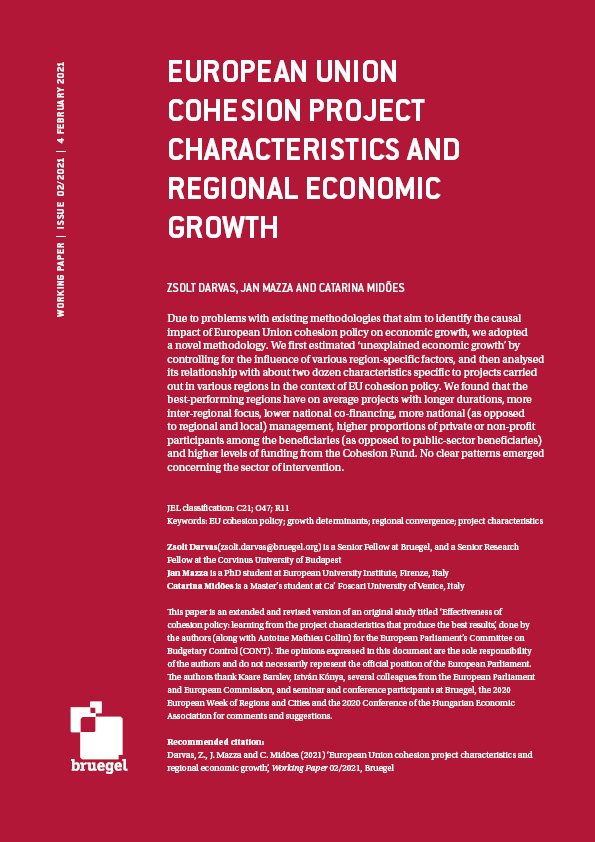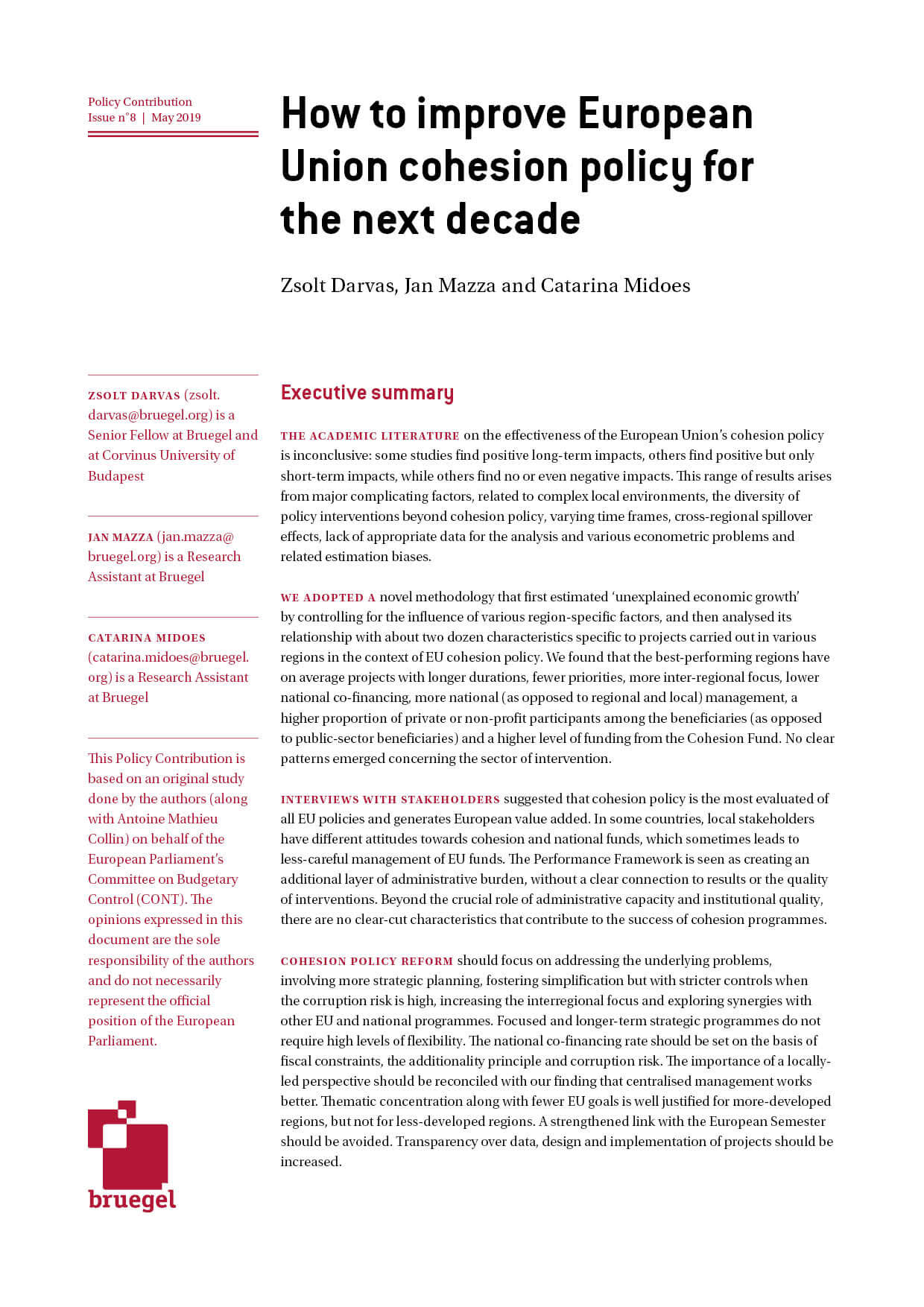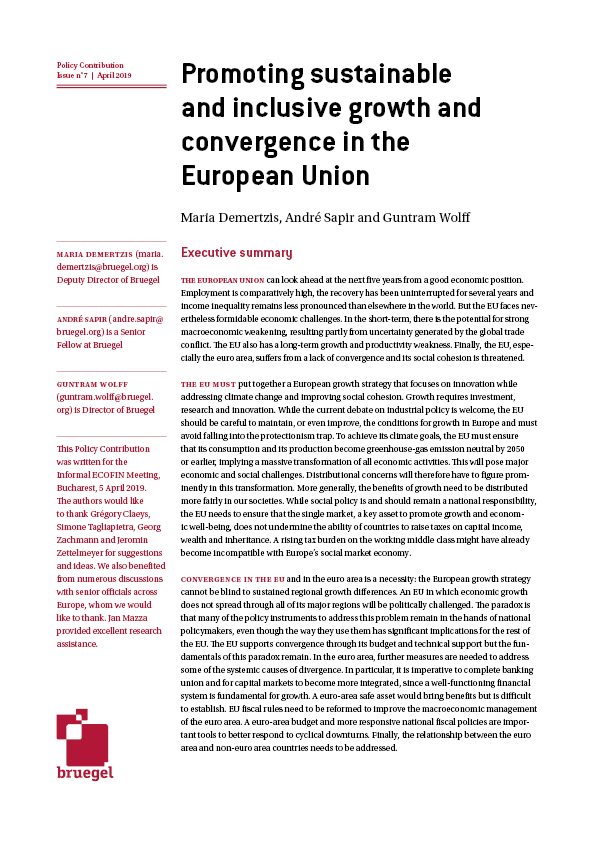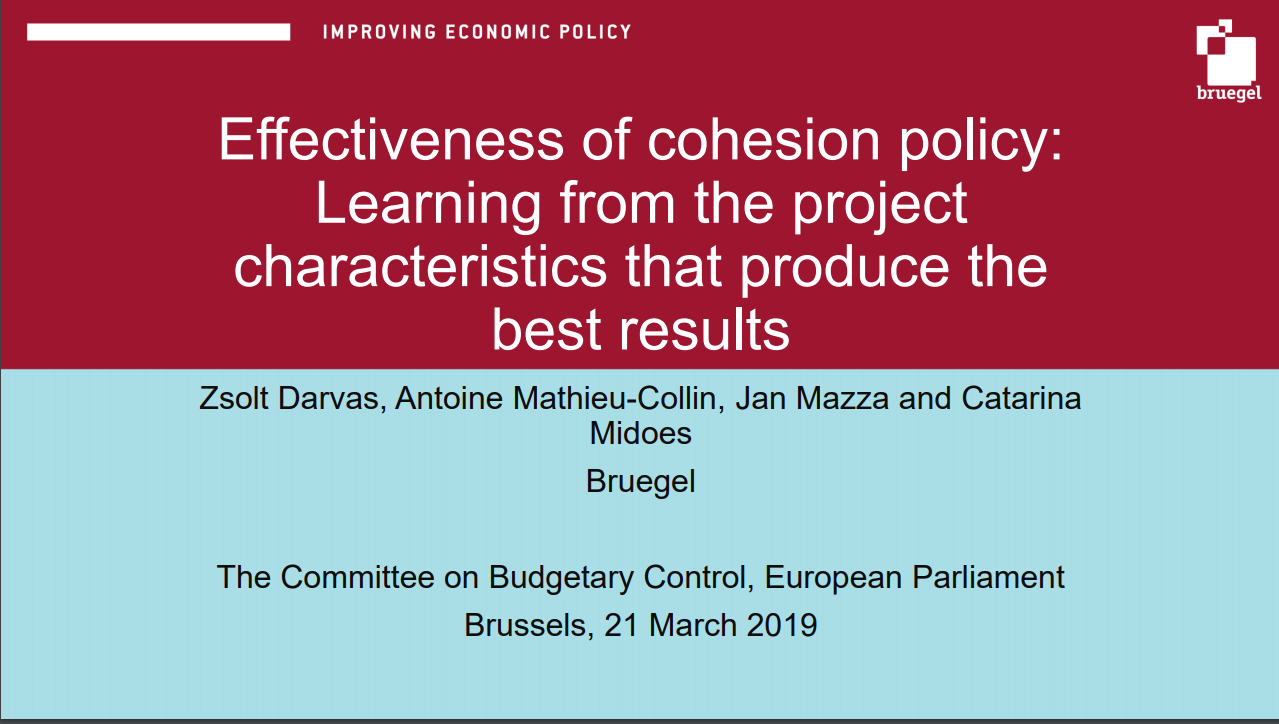Blog Post
How to read the EU budget deal? II
Structural and Cohesion Funds, if properly used, can represent an important instrument for economic growth. The European Council conclusions of 8 February 2013 include the decision to impose a capping to the maximum amount of Structural and Cohesion Funds each member state can receive per year. The capping is set at 2.35 percent of GDP or 2.59 percent if average real growth over 2008-2010 was lower than - 1 percent.
How to read the EU budget deal?
How to read the EU budget deal? I
Structural and Cohesion Funds, if properly used, can represent an important instrument for economic growth. The European Council conclusions of 8 February 2013 include the decision to impose a capping to the maximum amount of Structural and Cohesion Funds each member state can receive per year. The capping is set at 2.35 percent of GDP or 2.59 percent if average real growth over 2008-2010 was lower than – 1 percent.
How does the capping affect the allocation of funds compared with the current 2007-2013 MFF?
We calculate the current allocation of Structural and Cohesion Funds as a share in GDP and identify countries for which the annual average amount in 2007-2013 was above 2.35 percent[1]. We account for real GDP growth over 2008-2010 in each of these countries and set the capping at 2.59 percent where the average economic growth rate is found to be lower than – 1 percent. We then calculate how much each country is virtually losing compared with the allocation received under the MFF 2007-2013.
Table 1 shows the results. Unsurprisingly, the capping impacts only on new Member States, as they are those that received the largest amounts of Structural and Cohesion Funds as a share of their GDP. But some of them are losing more than others.
Table 1: Loss in Structural and Cohesion Funds compared with 2007-2013
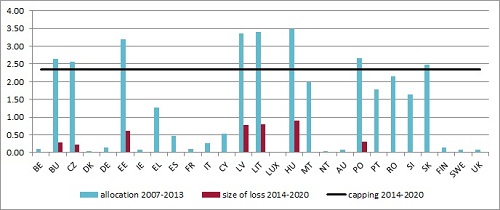
Source: Bruegel based on Benedicta Marzinotto, “A European fund for economic revival in crisis countries”, Bruegel Policy Contribution, February 2011 and Eurostat.
[1] The data for 2007-2013 stem from /publications/publication-detail/publication/504-a-european-fund-for-economic-revival-in-crisis-countries/#.URt3pPJy7gE
Republishing and referencing
Bruegel considers itself a public good and takes no institutional standpoint. Anyone is free to republish and/or quote this post without prior consent. Please provide a full reference, clearly stating Bruegel and the relevant author as the source, and include a prominent hyperlink to the original post.
